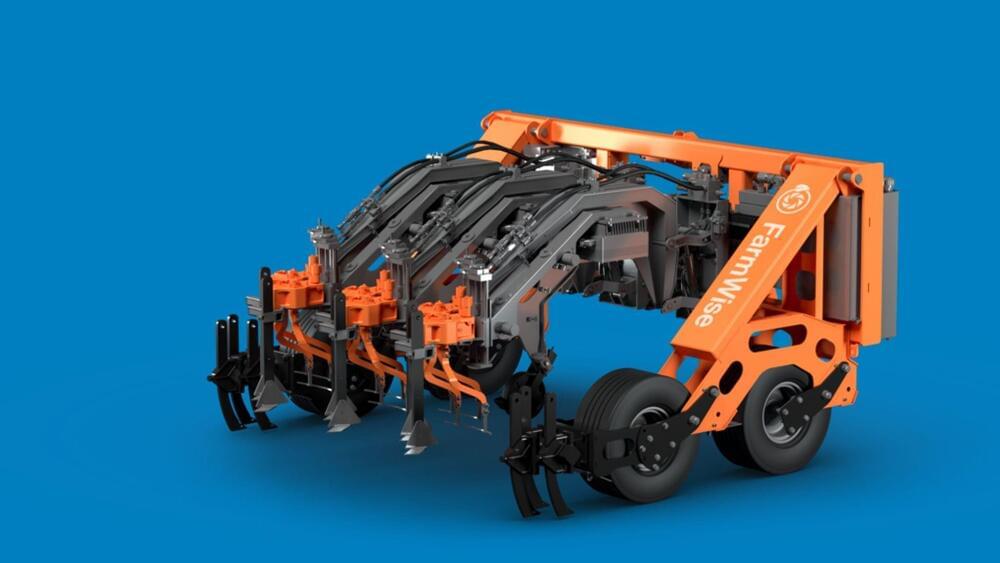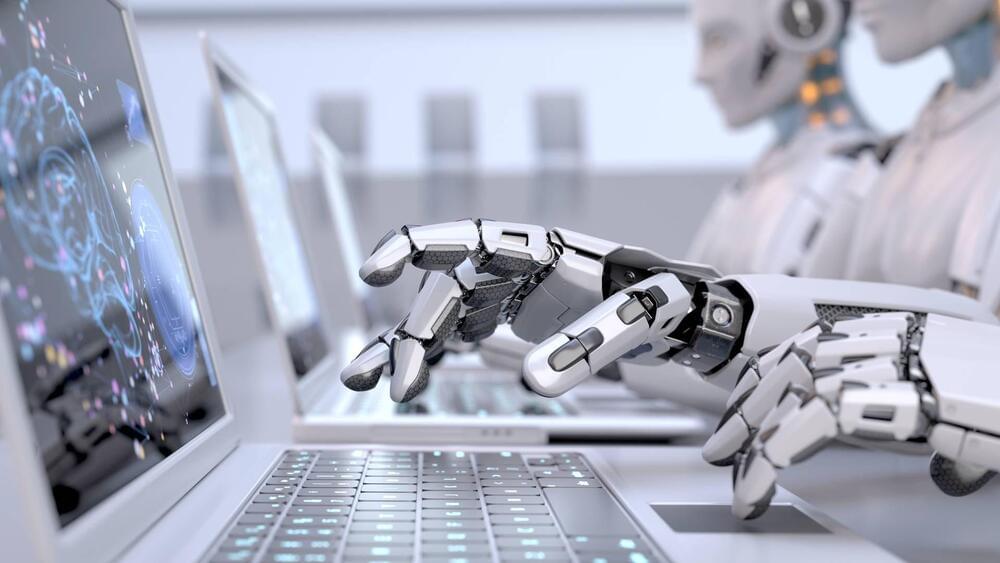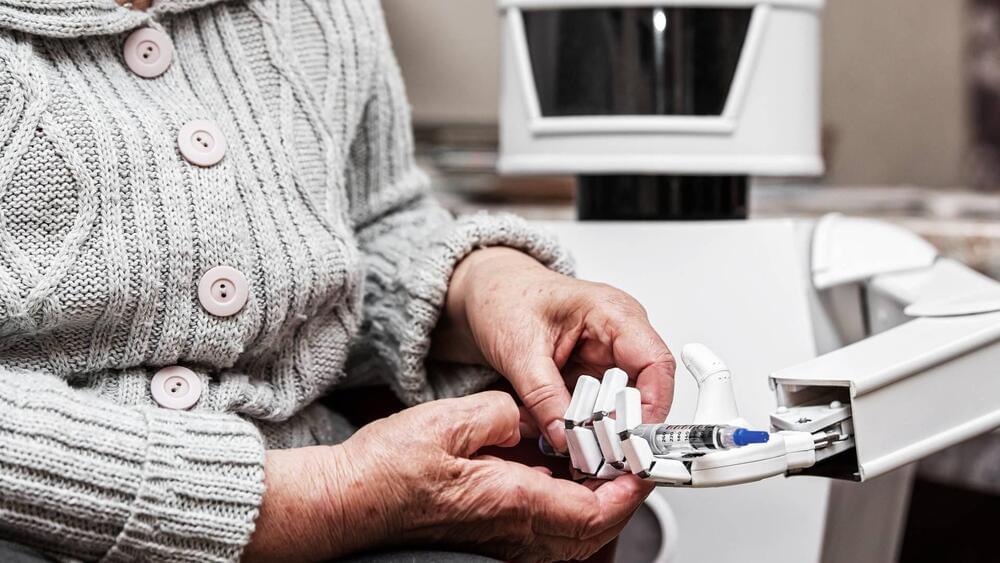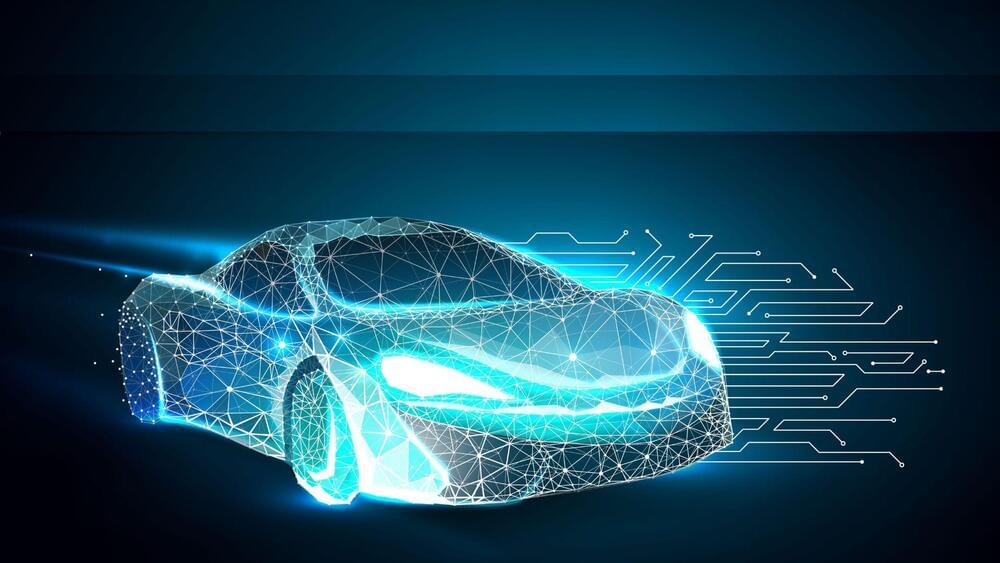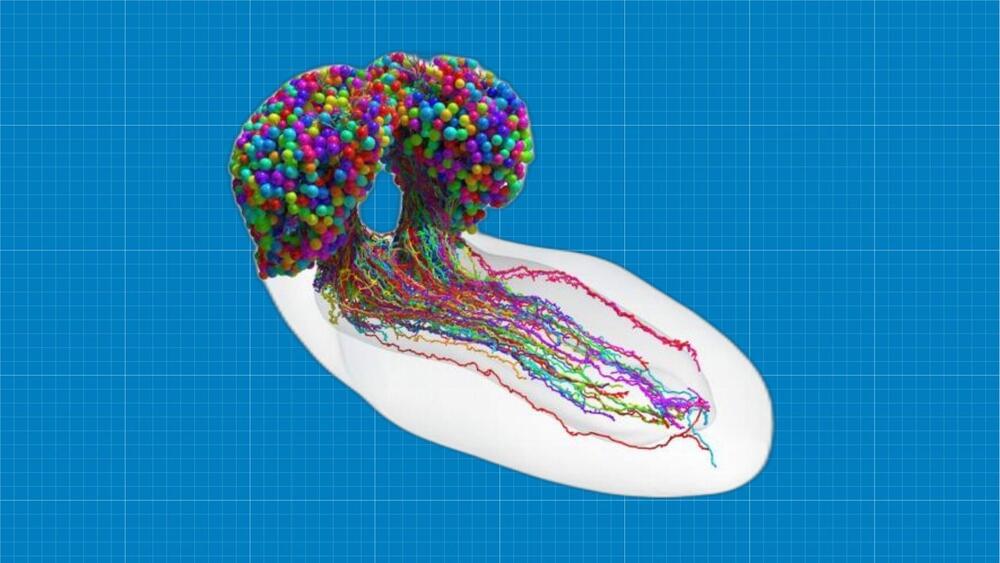The machines could help to “drastically increase the efficiency of the farming industry.”
In farming, weeds can strangle crops and destroy yields. Unfortunately, spraying herbicides to deal with the intrusive plants pollutes the environment and harms human health and there simply aren’t enough workers to tackle all the weeds by hand.
A new startup called FarmWise has come up with a solution: autonomous weeding robots that use artificial intelligence to cut out weeds while leaving crops untouched, according to an MIT report published on Thursday.
